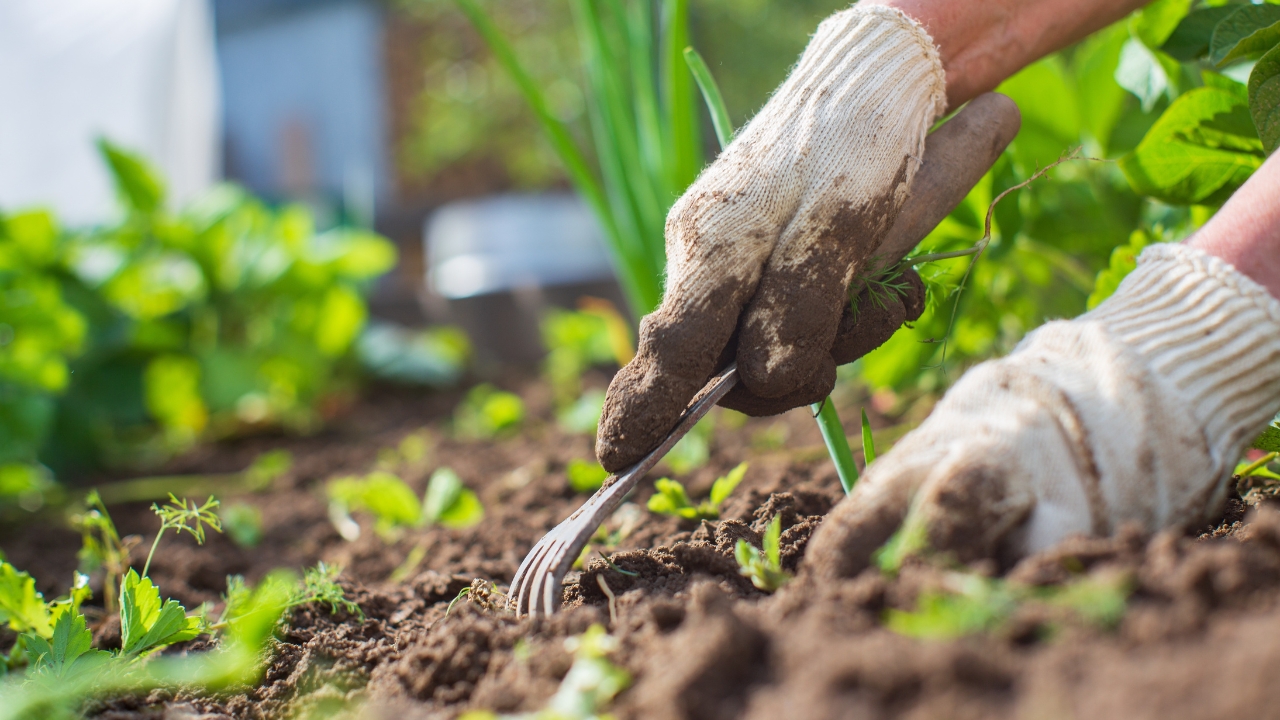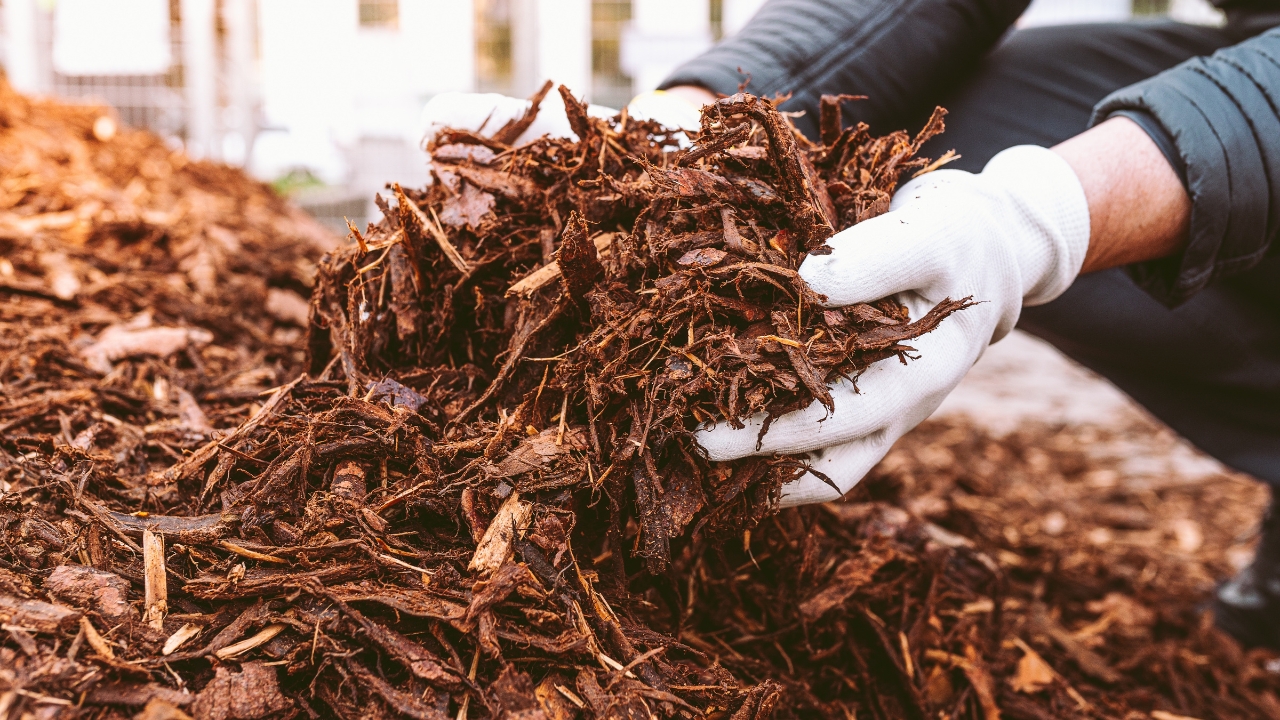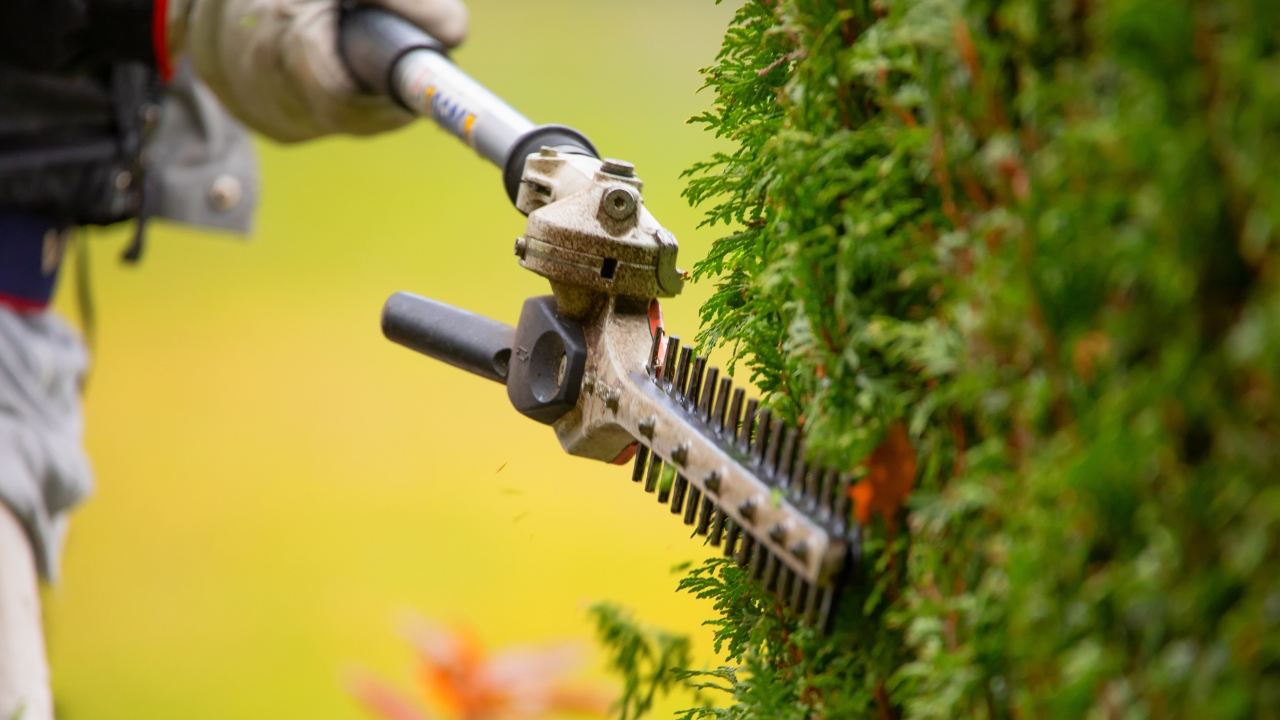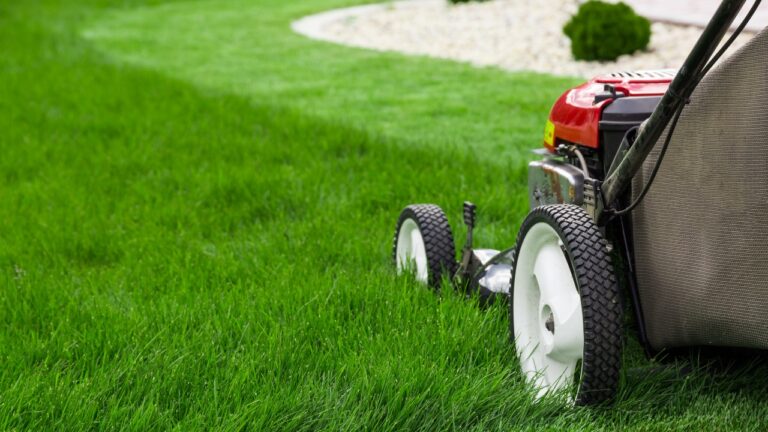10 Things You Can Do to Fix Up a Neglected Yard
If your yard’s been sitting untouched for a while, it probably looks rough—overgrown grass, weeds everywhere, maybe some stuff falling apart. Don’t worry, though. You don’t have to tackle it all at once. Start with the basics, knock out one thing at a time, and you’ll have it looking better in no time. Here are ten solid steps to get things back under control.
Mow It Low (But Not Too Low)

First thing’s first—cut the grass. If it’s knee-high or worse, start by trimming it down gradually. Don’t scalp it all at once or you’ll stress it out and open the door to more weeds.
Bring it down in stages over a few days. Once it’s at a manageable height, stick to a regular mowing schedule. That alone can make the yard look ten times better without spending a dime.
Clean Out the Junk

Old yard tools, rotting boards, busted planters—junk piles up fast in a forgotten yard. Getting rid of it is one of the quickest ways to make the space feel usable again.
Haul off trash, broken décor, and anything that doesn’t serve a purpose. Once the clutter’s gone, you’ll be able to see what you’re working with and what actually needs fixing.
Edge Around Walkways and Beds

It doesn’t sound like much, but clean edges go a long way. Grass spilling over sidewalks and beds makes everything look messy—even if the lawn’s mowed.
Use a shovel or edging tool to carve out clean lines around the driveway, paths, and garden borders. It’s one of those small jobs that makes the whole place look more intentional.
Knock Down the Weeds

Weeds can take over faster than you think. They pop up in the lawn, in beds, and through every crack they can find. And when they’re everywhere, they make the whole yard feel like a lost cause.
Pull the big ones by hand, use a weedeater around fences and trees, and treat problem areas with a safe herbicide if needed. Once they’re under control, mulch can help keep them from coming back.
Rake and Clear Debris

Even if you don’t have a lot of trees, old leaves, branches, and yard gunk build up quick. That layer of debris can smother the grass, attract pests, and hold moisture where you don’t want it.
A thorough rake job does more than make things look tidy—it helps your lawn breathe and keeps fungus and bugs in check. Bag it up or toss it on a compost pile.
Pressure Wash the Hard Surfaces

Driveways, patios, siding, even fences—they all collect dirt and mildew over time. You don’t realize how grimy things are until you clean them. A pressure washer makes a huge difference fast.
Focus on areas folks see first—your front walkway, porch steps, and the driveway. It gives everything a cleaner, newer feel without touching the landscaping.
Fix What’s Falling Apart

That leaning fence post, cracked paver, or busted birdbath? You’ve probably gotten used to it, but it’s dragging down the look of the whole yard. These things don’t fix themselves.
Pick one or two eyesores and knock them out. Repairing a few small things will clean up the space and make you feel like you’re gaining ground again.
Add a Little Mulch

You don’t need to go full landscape makeover—just refreshing the mulch around your plants or trees can make the yard look cared for. It also helps hold moisture and block new weeds.
Go for a natural, undyed mulch and keep the layer around two inches thick. Avoid piling it up around trunks and stems. A little goes a long way if you do it right.
Trim Back Overgrowth

Overgrown shrubs, trees, and vines can make a yard feel like it’s closing in on you. It can also block light, hurt your siding, and give pests a place to hide.
Cut back anything that’s crowding your walkways, windows, or roofline. You don’t have to shape it perfect—just keep it from swallowing your house or smothering your yard.
Plant Something Simple

Once things are cleaned up, add a few plants to give it life again. You don’t need a full garden—just a couple perennials or a few hardy shrubs near the entryway can go a long way.
Pick stuff that’s tough, low-maintenance, and suited to your soil and sunlight. The goal isn’t perfection—it’s showing the yard’s being looked after again.
*This article was developed with AI-powered tools and has been carefully reviewed by our editors.







